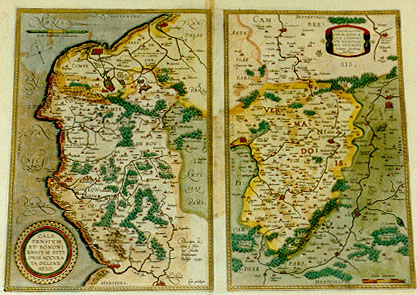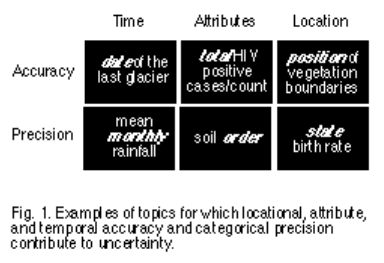

Parergon means supplementary and, accordingly, the first three Parergon maps were published as supplements to the 1579 edition of the Theatrum, which had already been in print for nine years. It is considered the first historical atlas. Ortelius hand drew each map of the Parergon, which required considerable skill and knowledge of the area’s history and geography. He had a deep curiosity about classical antiquity which spurred him to create the Parergon maps, and the amount of time and detail he put into each map is clearly evident. Pliny and Ptolemy are also cited as sources for a peninsula ( Cervix Peninsulae) in the northwest.Īlthough best known for his world atlas, the Theatrum Orbis Terrarum, the Parergon was a project of personal interest and the work that Ortelius himself considered his greatest achievement. Ortelius notes Strabo’s thoughts on the Venetian Islands ( Veneticae insulae), where the Amnitae tribe women are excellent dancers. Much of this map is based upon the geographical writings of classical scholars. The title cartouche also includes figural elements, flora, and fauna. These strapwork cartouches employ texture and shading which give them a vivid appearance. A simpler cartouche in the northeast corner dedicates the map to two renowned noblemen, Lord Edward van der Delft and Carolus from Mechelen. It indicates the subject of the map, Ancient France ( Galliae Veteris). In the southwest corner, the title cartouche is particularly ornate. A pair of decorative ships also sail the more northern waters. Filling them in with stippling gives the water a bit of texture without distracting from the many labels and locations on the map. Some water bodies such as the Mediterranean Sea ( Mediterranei Maris pars) and the English Channel ( Oceanus Britannicus) can be seen around the edges of the map. Some may be recognizable to the casual viewer as well-known cities today, such as London ( Londinum) in Great Britain, Geneva on Lake Geneva ( Lemanus lacus), and Paris ( Parisii) in north-central France. These details help to orient the viewer and give a sense of the physical geography of the land.Ĭities are represented with miniature views, which is typical of Ortelius maps. In particular, the Pyrenees Mountains ( Pyrenaei montes) dividing Spain and France and the Alps ( Alpes) near Italy are notable. Rivers are carefully rendered, and throughout the map mountain ranges and forests give the land texture. The shape of the coastline is fairly accurate, which is unsurprising given that Europe was well mapped by Ortelius’ time. This map is characterized by excellent attention to detail.

The country is divided into four main provinces, which make up this area of the Roman Empire: Belgica, Celtica Lugdunensis, Narbonensis, and Aquitanica. The map also stretches east to Germany ( Germaniae Magnae pars) and Italy ( Italiae Gallicae pars). Oriented northward, this map displays Ancient France, from its border with Spain ( Hispaniae pars) in the southwest to Great Britain ( Britanniae pars) in the northwest. It differs from Ortelius' similar Galliae Vetus map (here) in that it is based upon ancient geographical sources, rather than ancient military sources, making it substantially more detailed. The map is based upon information from classical sources such as Strabo, Virgil, Ovid and Caesar. Vivid map of Ancient France from Ortelius' Parergon, the first historical atlas.

African Islands, including Madagascar (65)ĭetailed Ortelius Map of France in Roman Times, Based on Classical Sources.


 0 kommentar(er)
0 kommentar(er)
